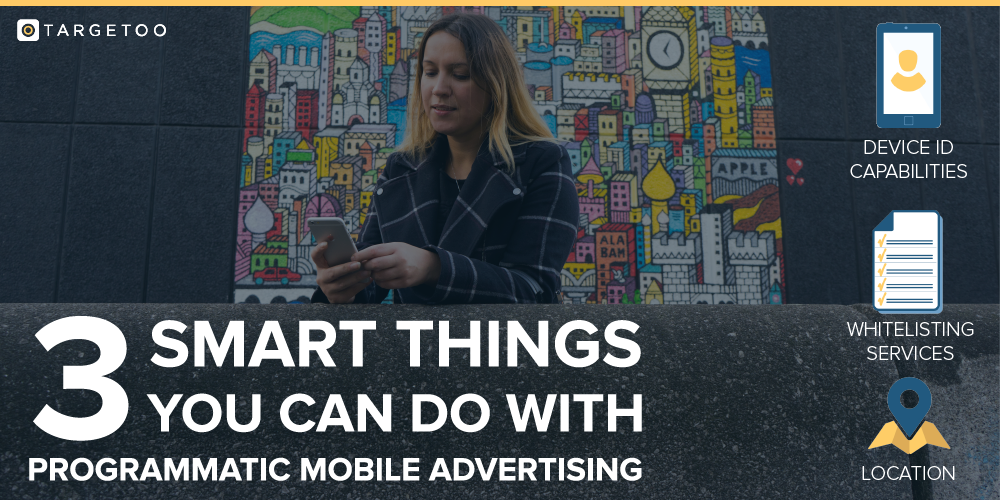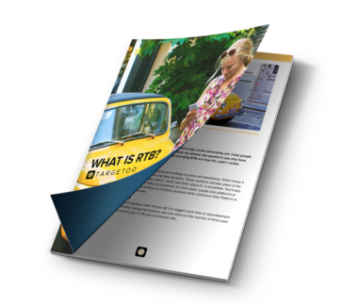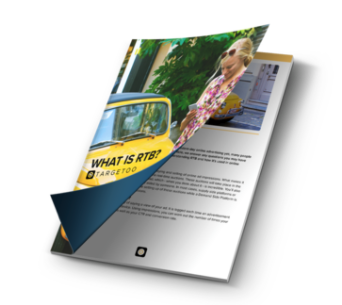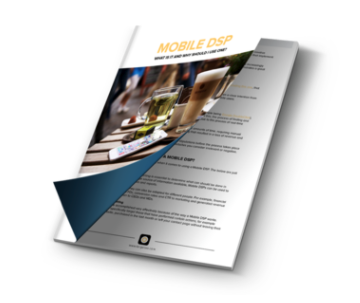Useful applications of programmatic mobile advertising anno 2017
For the experts this is nothing new, however for many other online marketers it is; clever applications provided by programmatic mobile advertising. What is possible and what to expect in terms of results?
Programmatic mobile advertising has many applications and offers a large amount of possibilities in terms of campaigns and strategy. Nevertheless, the marketing discipline is limited to display advertising, nothing more and nothing less. But is this still the case in 2017?
Device ID’s, WIFI hotspot and beacon synergy
Versatile DSP’s (Demand Side Platforms), whether based on a self-serve or managed service, offers the possibility to upload device ID’s and serve ads on relevant devices. Let’s take one step back: a device ID can be seen as a digital signature of an individual device or in other words, a consumer. These device ID’s can be observed and saved by beacons and WIFI hotspots. For example, by beacons in a retailer store or by WIFI hotspots of a university or restaurant. These device ID’s can then be uploaded into a DSP (Demand Side Platform). This enables ads to be served on the devices in question once a website or app is visited that the DSP can serve on – f.e. The Telegraph, BBC or The Guardian - (the use of a DSP, connected to many ad-exchanges is a must). The new location of the user ID is not limiting. Regardless of whether the device is in Asia, Canada or simply in The UK; if the device ID is collected in the McDonalds on the M5 an ad can be served (for example, with the address of the nearest McDonald’s in Canada). This simple application of technology has the power to convince advertisers/clients instantly.
Whitelisting in 2017
For almost every interest, hobby and situation an app or mobile web has been created. This generates opportunities that few agencies / advertisers – as of yet – embrace. Let’s take one step back again; a DSP (Demand Side Platform) can serve ads on roughly 200.000 individual apps and mobile sites. This ranges from upmost popular and well-known applications to somewhat more specific and relatively unknown applications. There are apps available for hairdressers, handymen, painters, art lovers, food fanatics, sports (-with all its subdivisions), furnishing, horse lovers, travel, gardening, children’s education, scuba diving, the moon and so on. This means that not only for brands in general - whitelists can be used, but also for specific products. If an advertiser wants to bring a new knife-set to the attention, it’s possible to serve ads in roughly 50 cooking-related applications and mobile sites. When an advertiser would like to bring healthcare to the attention of a relatively healthy group (with all its advantages), it’s possible to serve ads in about 150 sport and activity applications. If an advertiser would like to bring an insurance for water sports to the attention… you can feel it coming; it’s possible to serve ads in roughly 65 specific water sports related apps. Anyway, whitelisting; a well-known application of programmatic mobile advertising, but with the growth of it’s technology and reach; now more versatile and for practical use than ever.
Reaching an audience by serving ads on (extremely) specific locations
Reaching audiences through serving ads on specific locations is nothing new. This technique has been around for years. Nevertheless, also for this discipline it applies that with the growth of the overall market, the applications really come to life. Especially when a Demand Side Platform invests for years in connecting to dozens of mobile ad-exchanges / sources, a huge reach on hyperlocal scale to effect. A good DSP is connected to more than 30 adexchanges reaching f.e. The Telegraph, BBC and Youtube to Wordfeud and back to Spotify; almost all applications and mobile sites which allow ads, can be involved in a certain campaign. Why is this so important? If a client or advertiser wants to reach IT specialists, a good DSP offers to upload dozens of addresses from IT related companies (these addresses are relatively easy accessible). Next, when a device (or consumer) visits an application or mobile site that the DSP can serve on – while he or she is in a specific location (for example in the office of an IT company) – ads can be served. The essence remains that through the possibility of reaching thousands of applications and mobiles sites – on a hyperlocal scale – a necessary volume for a successful campaign is realized. Advanced platforms are able to upload more than 10.000 locations, creating huge amounts of traction.
We see the industry growing up. We see campaign options that are popular and widely used. Nevertheless, we are seeing less common campaign options gaining popularity fast. Simply because anno 2017 - the years of technological consolidation and hundred of thousands of publishers getting themselves reachable within the programmatic landscape – is finally paying off.
- Isua Botman


















